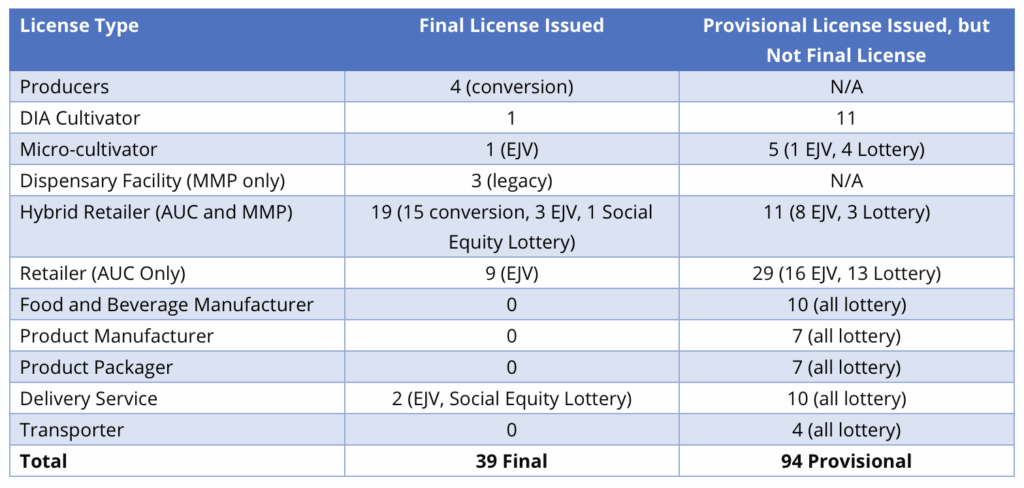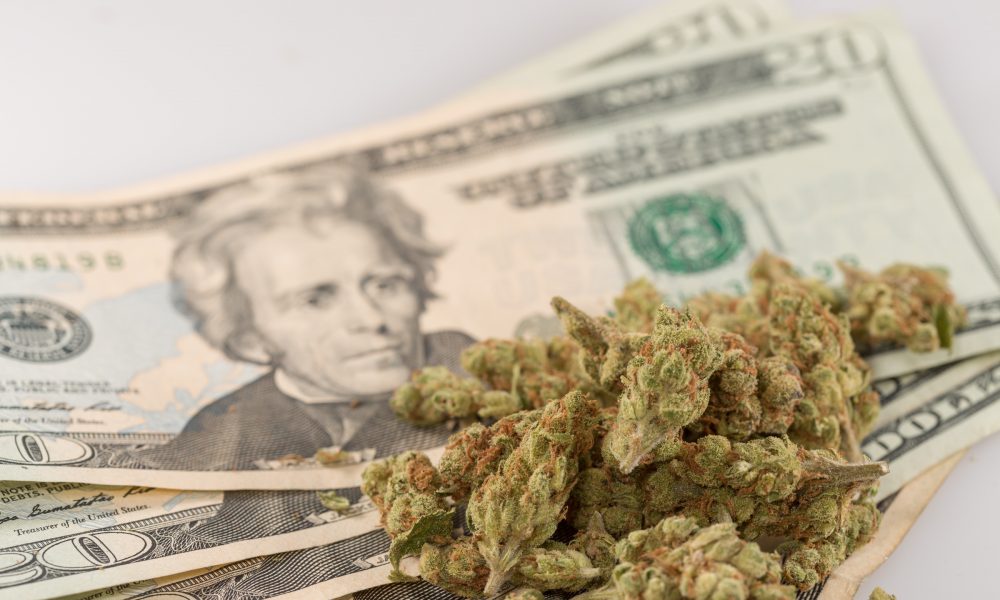On the one-year anniversary of the opening of the adult-use marijuana market in Connecticut, state officials announced Wednesday that 2023 saw more than a quarter-billion dollars ($274 million) in total sales between the recreational and medical cannabis markets combined.
In December, the most recent month for which sales data is available, adult-use retailers sold just over $17.1 million in cannabis products, while medical marijuana sales exceeded $10.3 million. Together, the markets’ roughly $27.5 million in sales marked the highest single-month sales total so far recorded, according to the Connecticut Department of Consumer Protection (DCP).
Last month’s record broke the previous $25.7 million sales record set a month earlier.
“One year ago, the state of Connecticut opened an entirely new market, creating jobs, opportunity, and a safe, regulated way for adults to purchase cannabis,” DCP Commissioner Bryan T. Cafferelli said in a statement accompanying the sales data. “Since then, many new businesses have opened and more are on the way. We are proud of the work carried out by our agency over the past year, and we are looking forward to continued growth, fair regulation, collaboration with our sister agencies, and thoughtful problem solving as new challenges present themselves in the years to come.”
As for what products sold in December, 45 percent of total sales were from marijuana flower, with vapes accounting for 35 percent of sales and edibles making up about 13 percent. That’s less flower than the average for the year (52 percent of total sales) and above-average sales for vapes and edibles (29 percent and 11 percent, respectively).
In terms of average product price, medical products in December averaged $34.94, while adult-use products were more expensive—as they have been all year—at $37.77.
Retail sales in the state’s adult use market have grown swiftly over the past year, passing monthly medical marijuana sales for the first time in May.
Sales data for the preexisting medical market alone are not available prior to January 10, 2023, when adult-use sales began, the department said.
Connecticut Department of Consumer Protection
DCP Drug Control Director Rodrick Marriott, for his part, said the team “has worked diligently over the past year to continue reviewing and approving provisional and final license applications, as well as more than 4,600 new brand and product registrations.”
Since adult-use legalization began, “19 new retail and hybrid retail establishments have opened,” including two under equity programs, according to DCP’s press release this week. “Two licensed delivery services have also opened, providing greater access to patients and consumers.”
Another 94 provisional licenses were issued by regulators across all license types during the first year of operations. Those licenses expire after 14 to 24 months, depending on when they were issued.

Connecticut Department of Consumer Protection
While a spike in end-of-year sales isn’t unusual in legal cannabis states, one factor behind Connecticut’s record sales for last month could be an increase in recreational purchase limits. As of December 1, consumers could buy twice as much marijuana in a single transaction as they previously could—the equivalent of half an ounce, up from a quarter ounce.
Regulators have said the adjustment was the result of ongoing review of available supply and demand in the state.
Medical marijuana patients can purchase up to 5 ounces per month and aren’t restricted by individual transaction limits.
Amid last year’s holiday season, Connecticut officials barred alcohol sales on Thanksgiving, Christmas and New Year’s Day but said that marijuana retailers could remain open.
Amid increasing commercial sales numbers, a state task force to study whether individuals who grow marijuana at home should be allowed to sell products at cannabis events has yet to be formed despite a statute requiring it to submit a report this month.
Cannabis Holds Potential To Prevent And Reduce Severity Of COVID-19, While Treating Long-Term Symptoms, Study Finds
Read the full article here

